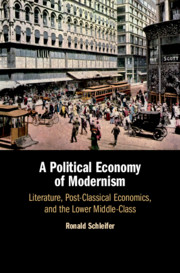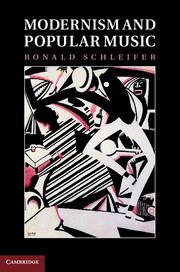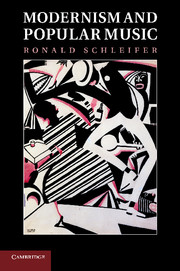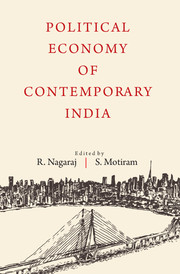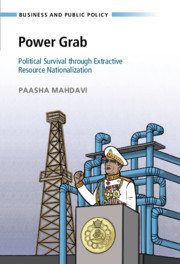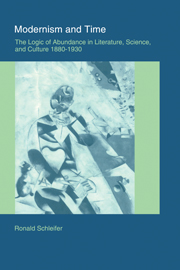A Political Economy of Modernism
In A Political Economy of Modernism, Ronald Schleifer examines the political economy of what he calls 'the culture of modernism' by focusing on literature and the arts; intellectual disciplines of post-classical economics; and institutional structures of corporate capitalism and the lower middle-class. In its wide ranging study focused on modernist writers (Dreiser, Hardy, Joyce, Stevens, Woolf, Wells, Wharton, Yeats), modernist artists (Cézanne, Picasso, Stravinsky, Schoenberg), economists (Jevons, Marshall, Veblen), and philosophers (Benjamin, Jakobson, Russell), this book presents an institutional history of cultural modernism in relation to the intellectual history of Enlightenment ethos and the social history of the second Industrial Revolution. It articulates a new method of analysis of the early twentieth century - configuration and modeling - that reveals close connections among its arts, understandings, and social organizations.
- Offers analyses of political economy and post-classical economics
- Provides a sustained analysis of corporate capitalism in the time of cultural modernism
- Proposes the method of 'configurational' analysis that examines structural 'homologies' (i.e., similarities in structure and differences in function) among social organizations, intellectual analyses, and everyday experience as an aspect of cultural modernism
Reviews & endorsements
‘Schleifer’s account of modernism is a fascinating and challenging attempt to realize a novel form of immanent cultural history.’ Benjamin Pickford, Genre
Product details
October 2018Adobe eBook Reader
9781108580915
0 pages
This ISBN is for an eBook version which is distributed on our behalf by a third party.
Table of Contents
- 1. Methodological prologue: the constellation of modernism
- Part I. Economics in the Context of Cultural Modernism:
- 2. The argument
- 3. Modernism and economics: the long history and immediate history of modernism
- Part II. Intangible Assets: Modernist Economics:
- 4. The origins of corporate influences on the arts: technological innovations, intangible assets, and the shapes of aesthetic experience
- 5. Modernist goods, modernists arts: consumption and commodities in the new twentieth century
- Interlude: from economics to discourse: economic fact, semiotic fact
- Part III. Intangible Liabilities: Class and Value in the Time of Modernism:
- 6. The lower middle-class: literature, economics, and the shape of modernism
- 7. Political economy and the fictions of finance: the modernism of Dreiser and Wells
- Conclusion: cosmopolitan modernism.

